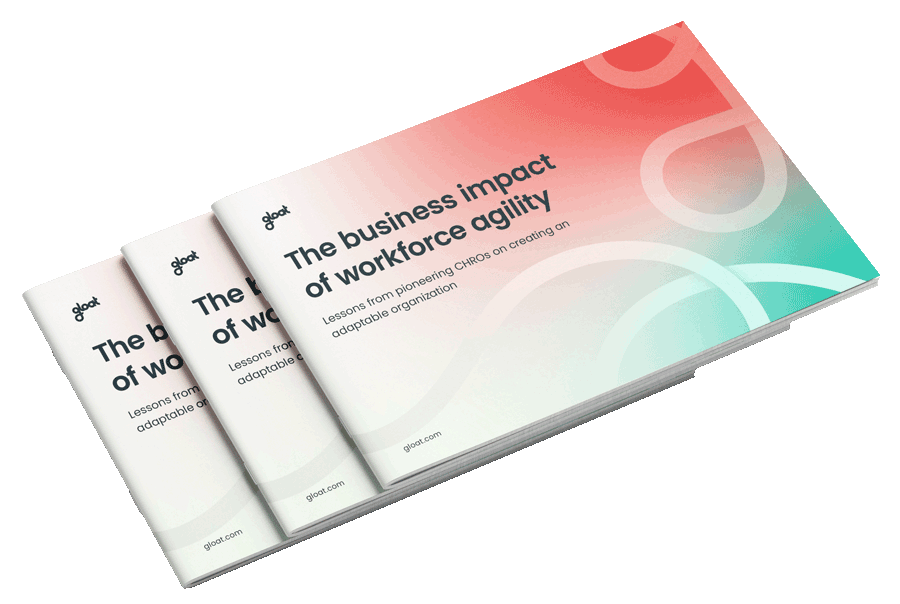Navigating agile transformation with Alex Badenoch

See workforce agility’s game-changing impact for yourself
Now that the working world is moving faster than ever, organizations can’t rely on legacy technology and rigid hierarchies. Download this guide to uncover the game-changing results companies are unlocking by embracing agile operating models underpinned by talent marketplaces.
‣ Top takeaways
“If you want to shift and grow your career or acquire skills, which ones are really hot skills in the business? If I’ve got too many of one kind, how am I going to deal with that? Can I retrain people? Can I reallocate people? Do I need to reduce people? It’s this two-way process that isn’t a separate process from running a business. The deployment of skills is actually how most of us run businesses because very few things happen without the people behind them.”
“What executives should be asking themselves is are they building an organization that actually is adaptable to change and moves away from our traditional world where we resisted change and held onto the way things were until we couldn’t resist anymore and then we have these horrible transitions which are really painful. Or do you build a dynamic organization that can actually constantly adjust and evolve?”
“HR needs to be deeply involved in understanding how roles are going to change in an agile organization. The deep layer-upon-layer hierarchy disappears. So how do you actually structure roles which have much larger spans of control? What does that mean for career development? Because once upon a time there were 10 layers in the business. Now there are three layers in the business. None of that makes sense to how I grew up in my career.”
“To me, agile is completely rewiring your organizational structure. You need a different scaffold. You need a different infrastructure to hang agile off of. I watch a lot of people try to implement agile ways of working on a traditional structure and they actually haven’t got to the heart of the way you need to rewire your business to get value from agile. Org design and operating model work are absolutely at the heart and it is the underpinning platform to a successful agile implementation.”




